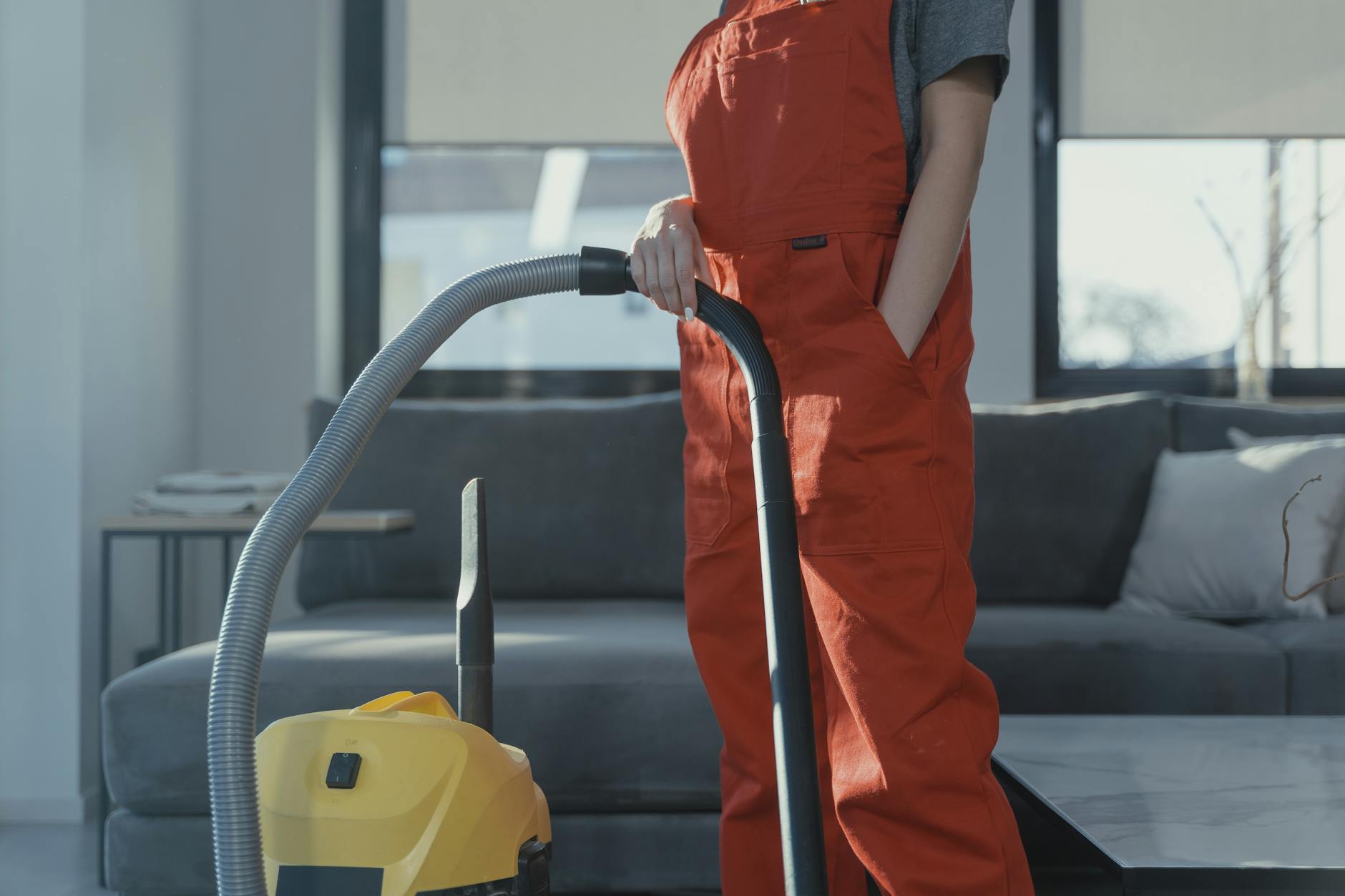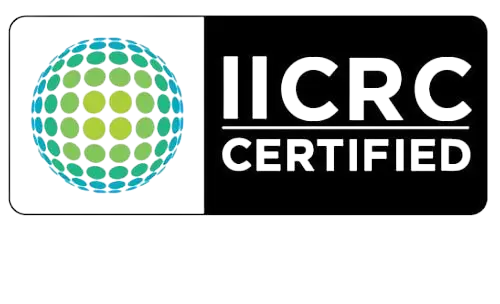DIY carpet cleaning is more popular than ever, and it’s easy to see why. The idea of saving money and tackling stains yourself can be tempting for any homeowner. But when it comes to truly cleaning and protecting carpets, professional services always pull ahead.
Professional carpet cleaners use high-powered machines and cleaning solutions that go much deeper than any rental or store-bought device. They not only lift stubborn dirt and remove hidden allergens but also keep your carpet’s fibers and colors looking fresh—often for much longer.
In this article, you’ll see why expert cleaning delivers better results than DIY, saving you time and money while improving your health. We’ll break down the tech that professionals use, share real cost comparisons, and look at how expert care helps keep homes cleaner for everyone.
Store-bought machines and DIY methods only scratch the surface. Professional carpet cleaners get results that are clear underfoot—and under a microscope. From state-of-the-art equipment to expert know-how, every detail of professional cleaning is designed to renew carpets, boost health, and get rid of the issues that store-bought solutions leave behind.

Photo by Pixabay
Professional carpet cleaning services use equipment that simply outperforms anything most homeowners can rent or buy. Their machines use powerful truck-mounted or portable extractors with superheated water—often reaching up to 250°F—pressurized up to 2,500 PSI. This hot water extraction, or “steam cleaning,” injects steam and solutions deep into each fiber, then pulls out dirt, bacteria, pet dander, and even the smallest particles with massive suction power.
Many companies now use encapsulation technology, wrapping dirt in polymers that crystalize as the carpet dries so they can be easily vacuumed away. These methods do more than freshen up the top layer—they:
High-end equipment means better cleaning, less residue, and a much healthier home.
Knowing what to clean with is just as important as how. Carpet types—from delicate wool and plush nylon to durable olefin or polyester—react differently to water, heat, and cleaning chemicals. Trained professionals inspect the carpet before starting, quickly identifying fiber type, stain cause, colorfastness, and backing materials.
This expert assessment helps select the safest, most effective cleaning solution and technique. It also prevents costly mistakes, like:
Instead, pros work with targeted pre-sprays, enzyme-based deodorizers, and spot removers that tackle each problem directly, keeping both the look and integrity of your carpet intact. That’s something most DIYers just can’t match with store-bought cleaners.
Deep cleaning makes carpets look and feel amazing, but it’s the drying process that protects against long-term issues. Professionals bring heavy-duty air movers, dehumidifiers, and strict drying protocols to every job, making sure carpets dry fast and thoroughly.
This attention to drying matters because:
With professional drying, carpets are ready for use within hours, and your home stays safe from hidden problems that develop when carpets remain damp for too long. It’s one more way the pros deliver truly clean, healthy floors that last.
DIY carpet cleaning seems like a smart way to save money, but it brings more risks than many realize. Without the right tools and know-how, home efforts can hurt carpets or even make problems worse. From using too much water to missing stubborn stains, these are the hidden traps that trip up even the most careful DIYer.
Every carpet fiber responds differently to cleaning agents, but DIYers often grab whatever cleaner is on hand—sometimes even using home remedies like vinegar, baking soda, or salt. While these seem harmless, they can actually:
Over-wetting is another common issue. Rental machines and even some store-bought spot cleaners often push too much water into the carpet, especially when trying to remove tough stains. What happens then?
 Photo by Ron Lach
Photo by Ron Lach
Most household and rental carpet cleaners aren’t designed for deep extraction. They might make traffic lanes look nicer, but often leave:
Missed stains and ground-in grime don’t just look bad—they slowly wear away carpet fibers with every step. Plus, DIY machines rarely have the suction power needed to pull back all the moisture and debris. Over time, that leftover dampness and dirt cause carpets to age faster.
Trying to fix stains with harsh chemicals or scrubbing too hard brings a whole new set of problems. Real-life examples of DIY gone wrong include:
These mistakes can turn small issues into expensive fixes—or even destroy a carpet long before its time. When DIY cleaning goes south, warranties are often voided, and the only real fix is costly carpet replacement.
The bottom line: DIY efforts sound easy, but without the right training and equipment, even the best intentions can backfire.
Carpet cleaning pros don’t just show up with a rented machine and store-bought soap. Their work relies on a mix of technology, chemistry, and experience that transforms worn, stained carpets into healthy floors. Here’s a closer look at the technology and science driving the results homeowners can see—and feel—after a professional cleaning service.

Photo by Tima Miroshnichenko
Professional cleaning crews use tech that simply outshines rental machines found at local stores:
The combination of hot water extraction, high-efficiency motors, and digital automation leaves DIY gear in the dust—quite literally.
Pros don’t use one-size-fits-all products. They choose from a toolkit of safe, powerful solutions:
This level of customization and environmental care is tough to mimic at home, and DIY chemicals can rarely match pro-grade stain removal performance.
A little prevention goes a long way. After deep cleaning, professionals can add protectants that guard carpets against future damage:
With custom protectants, carpets are less likely to look dull, stain easily, or wear out before their time. Rather than just reacting to spills and dirt, pros give your floor a shield that keeps it cleaner with less effort between professional cleanings. That means lower long-term costs and a home that always feels fresh underfoot.
Saving a few dollars might seem like a win with DIY carpet cleaning, but the full story stretches far beyond the first receipt. Whether you want a better home environment, a longer-lasting carpet, or fewer surprise expenses, the difference between DIY and professional cleaning is clear when you look at both the numbers and the results. Here’s a straightforward comparison to help you see where your money really goes—and what you get back.

Photo by Breakingpic
Let’s break down real 2025 costs and what they cover:
DIY Carpet Cleaning:
Professional Carpet Cleaning:
While the sticker price for DIY looks cheaper at first, professional cleaning brings more in the package:
For many, the value in professional carpet cleaning is in what you don’t see—less hassle, less risk, and a far better end result.
Carpet is a big investment, often costing thousands to install in a typical home. Professional cleaning isn’t just a temporary fix—it’s insurance for your floor that pays off well into the future.
How professionals help carpets last longer:
Real examples of long-term savings:
In the end, the small extra spent on professional cleaning isn’t just for a one-time sparkle—it stretches your investment, reduces headaches, and helps your home look fresh for years. When you factor in costs, the biggest savings aren’t those you see on the first day, but those you enjoy down the road.
When it comes to home health, your carpet isn’t just a floor covering—it’s a giant filter catching everything from dust and pollen to bacteria and pet dander. While regular vacuuming helps, truly clean indoor air and surfaces depend on much deeper cleaning. Here’s how going pro with your carpet cleaning pays off for your family’s health and your home’s air quality.

Photo by Tima Miroshnichenko
Professional carpet cleaning doesn’t just make your carpet look fresh—it tackles what you can’t see. Carpets naturally trap all sorts of particles:
These get pushed deep down with every step. DIY cleaning and household vacuums often only remove surface debris. But professional tools—especially hot water extraction (steam cleaning)—hit the problem at its source. Here’s why this matters for families, children, and pets:
If your home is busy—with pets or young kids—experts recommend a professional cleaning every 3–6 months. This prevents allergen buildup and keeps your air and floors as clean as possible.
Carpets do more than improve room comfort—they help trap airborne dust and debris, stopping it from being breathed in. But over time, they can fill up and start releasing those particles back into the air. Here’s how professional cleaning keeps your indoor air crisp:
Empirical studies show that indoor air can be up to five times more polluted than outdoor air, especially in busy, urban, or high-traffic homes. Regular professional carpet cleaning is one of the most effective, least invasive ways to cut down indoor pollutants.
When you see less dust on furniture and breathe easier, it’s the result of clean carpets doing their silent job. It’s peace of mind you’ll notice every day, especially during allergy season or with kids and pets in the house. Cleaner carpets don’t just look good—they help your home and everyone in it feel healthier.
Choosing professional carpet cleaning over DIY means your carpets get a deep, thorough clean that lasts longer and makes your home healthier. Experts have the training, specialty tools, and cleaning methods to go below the surface—lifting heavy dirt, removing hidden allergens, and helping carpets stay soft and bright. This not only protects your investment but also cuts down on issues like mold, odors, and repeat stains.
For homeowners, the payoff shows in every step: clean, fresh floors, better air, and peace of mind. Skip the hassle and risk of home methods. Give your carpets the expert care they need—schedule professional cleaning and enjoy the comfort of a truly clean home year-round. Share your thoughts or experiences below, and thanks for reading!

